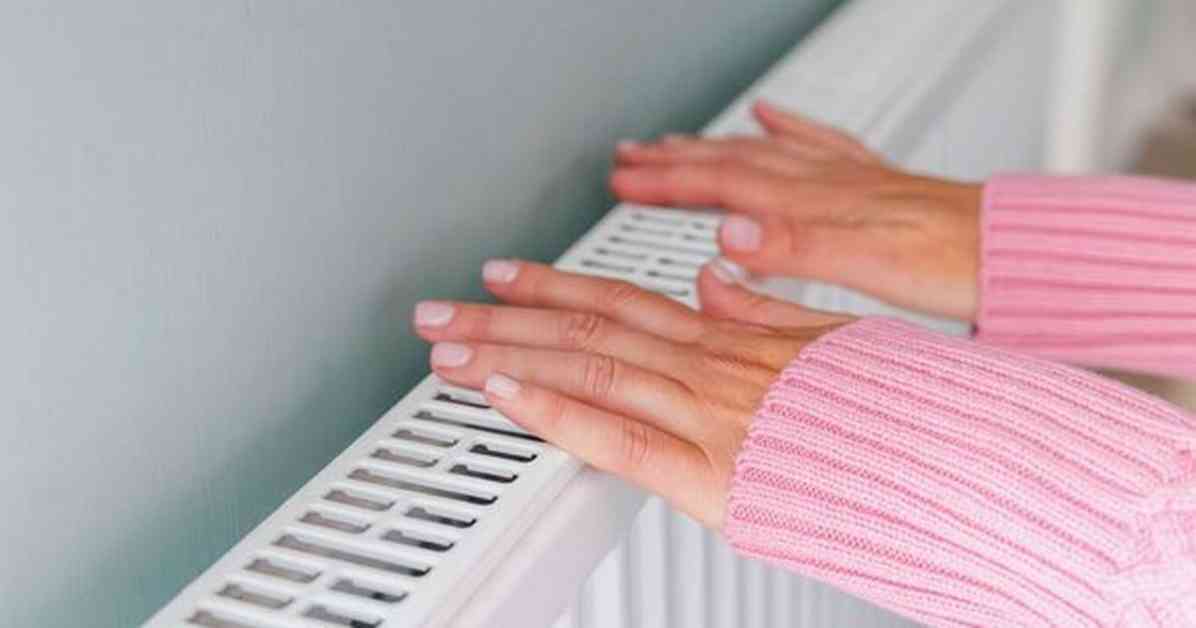Maximize Radiator Efficiency with a Common Kitchen Item
As the colder months approach, many UK households are bracing themselves for higher energy costs, especially with the winter price cap set to rise from 1 October. However, there are simple and cost-effective steps you can take now to improve your home’s energy efficiency and potentially save a significant amount on your bills. To help you prepare for the upcoming winter chill, financial experts at Moneyboat have teamed up with Stephen Day, a Heating Engineer from iHeat, to provide valuable advice on essential home improvements.
Utilizing Tin Foil for Radiator Efficiency
One of Stephen’s clever tricks for maximizing radiator efficiency involves using tin foil behind radiators, especially if you find that your radiators are not as effective as you’d like them to be. By placing tin foil behind the radiators, you can help reflect heat back into the room, ultimately keeping your living spaces warmer. Stephen suggests using sturdy double-sided tape to secure the tin foil to the wall, as this will ensure it stays in place and effectively reflects the heat.
If you’re in a pinch and don’t have tin foil on hand, Stephen also recommends repurposing old crisp packets as a makeshift solution. However, make sure to thoroughly clean the packets before using them to avoid any unwanted odors or residue. Tin foil is a budget-friendly option that can be easily found at most high street stores for around £1, making it a cost-effective way to improve your home’s heating efficiency without breaking the bank.
Sealing Drafts and Gaps for Energy Savings
In addition to using tin foil behind radiators, Stephen emphasizes the importance of creating a draft-free home environment to maintain warmth and prevent spikes in your heating bills. Cracks and openings around doors, windows, and baseboards can allow heat to escape, leading to increased energy consumption and higher costs. Fortunately, these issues can be easily remedied with simple and affordable solutions.
For windows, Stephen recommends using silicone-based sealant to fill any gaps in the seals around the frames, effectively preventing cold air from seeping into your home. When dealing with cracks in walls or baseboards, he suggests using plaster or wood-based filler that can be sanded once dry to create a seamless finish. Insulating keyholes and letterboxes is another effective way to prevent cold air from entering your home, with products like insulating tape or letterbox brushes available for less than £5 at most hardware stores.
DIY Solutions for Draft Prevention
If you’re looking for a quick and budget-friendly fix to combat draughts, Stephen recommends creating a DIY flap using a piece of cardboard cut to fit the dimensions of your letterbox or keyhole. By attaching the cardboard with heavy-duty tape, you can effectively block out smaller draughts and keep your home warmer during the winter months. These simple yet effective solutions can make a significant difference in reducing heat loss and improving your home’s energy efficiency.
By implementing these practical tips and tricks from Stephen Day, you can maximize the efficiency of your radiators, seal drafts and gaps to prevent heat loss, and ultimately save money on your heating bills this winter. With a few inexpensive supplies and a little bit of effort, you can create a more comfortable and energy-efficient home environment for the cold months ahead.












